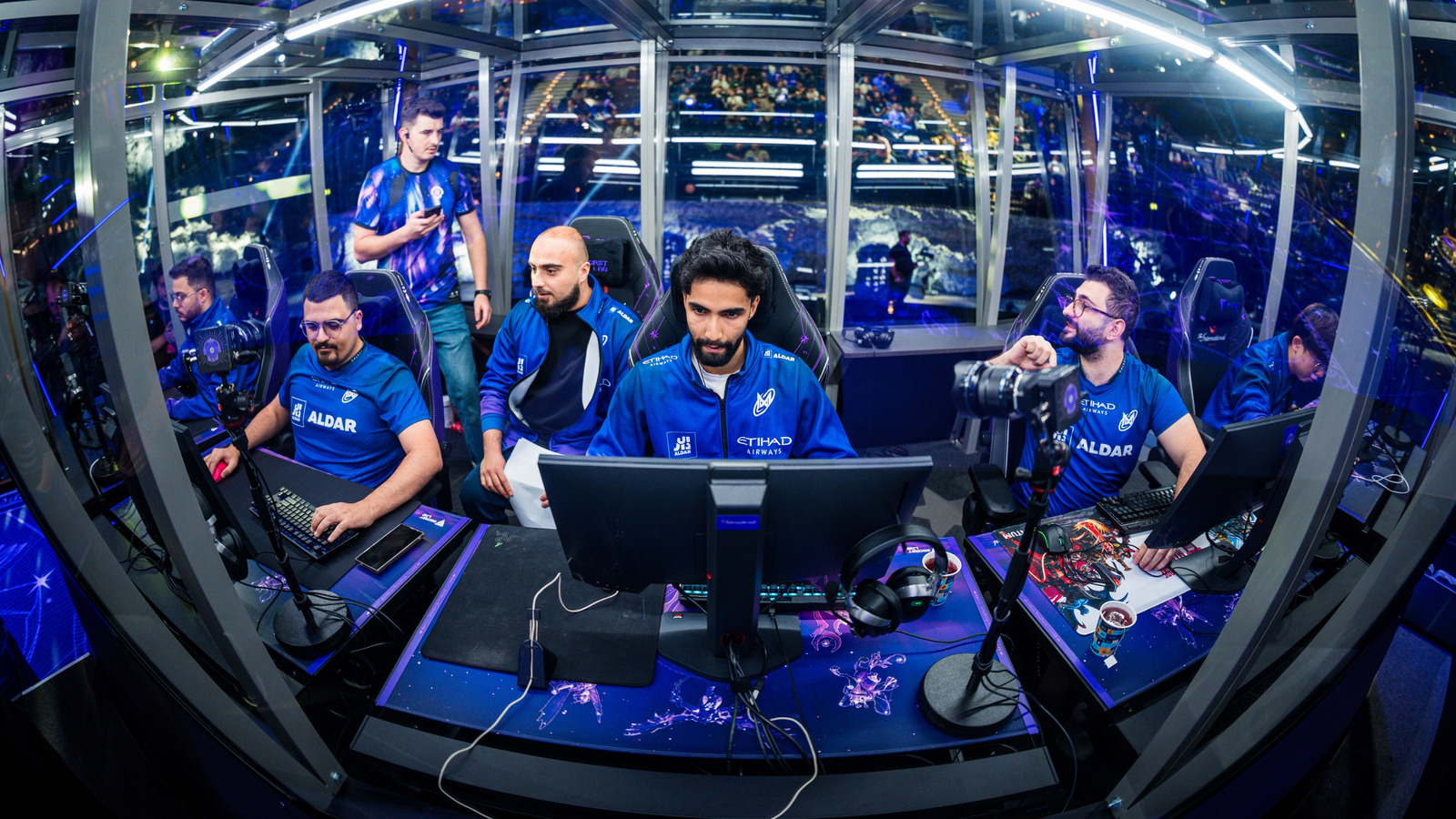The hallowed halls of The International 2025, the pinnacle of Dota 2 esports, are currently witnessing a gripping drama unfold, and Nigma Galaxy is right at its turbulent heart. A team boasting legends, including the prodigious mid-laner SumaiL, finds itself in a precarious position, battling not just opponents but seemingly, their own unexpected missteps.
Nigma`s Perilous Predicament: A 1-3 Start
With only a 1-3 record as the third day of the group stage looms, Nigma Galaxy stands on the precipice of elimination. Their journey began with a promising victory against BetBoom Team, a result that hinted at the resurgence fans have long awaited. Yet, that initial glimmer quickly faded, replaced by a series of defeats that were, to put it mildly, hard to swallow. For Nigma faithful, the most painful truth isn`t just the losses, but the fact that these games were, by all strategic metrics, theirs to win.
Repeatedly throughout The International 2025, the squad has surrendered maps that were seemingly secured. And in this narrative of squandered leads, a significant portion of the spotlight, perhaps uncomfortably, shines on SumaiL.
The SumaiL Paradox: Brilliance and Blunders
SumaiL, often hailed as “The Young God” for his incredible mechanical skill and game sense, is typically the architect of Nigma`s victories. His mid-lane dominance and clutch plays are etched into Dota 2 history. However, at TI 2025, a different facet of his play has emerged—one characterized by an excess of self-assurance, bordering on overconfidence. This aggression, while often yielding early advantages, has, in critical moments, echoed the “Kiyotaka mode” of high-risk, high-reward plays that sometimes backfire spectacularly.
Case Study 1: The Yakutou Brothers` Great Escape
Consider Nigma`s most recent stumble against Yakutou Brothers. On the deciding map, Nigma held a staggering 25,000 gold lead by the 35-minute mark, with their adversaries reduced to just three remaining barracks. With a Pugna to safely siege and a Monkey King capable of creating controlled engagements, victory seemed an inevitability. What could possibly go wrong?
A great deal, it turns out. Instead of employing a thousand reliable methods to close out the game, Nigma opted for a riskier, almost “pub-style” approach: directly engaging their opponents on high ground in a head-on clash. This aggressive push, unfortunately, was spearheaded by SumaiL. The subsequent team fight unraveled, paving the way for Yakutou Brothers to complete an improbable comeback. The turning point? Nigma`s aggression, punctuated by a less-than-optimal spell cast from SumaiL, where his Shadow Fiend expended all resources on a single, buyback-enabled support kill, leaving him vulnerable and his team exposed.
Case Study 2: The Liquid Lapse
Another poignant example comes from the decisive third map against Team Liquid. SumaiL had just skillfully survived an opponent`s gank—a moment that should have been counted as pure profit for Nigma, given the time and resources Liquid expended for naught. Yet, the Nigma mid-laner, perhaps seeking to “increase the pot,” decided to chase a retreating enemy support. Without sufficient resources, he dove headfirst, a one-way trip that quickly ended in his demise. This move, uncharacteristic of such a seasoned veteran, gifted Liquid a crucial advantage they did not earn.
The Double-Edged Sword of Aggression
It`s crucial to note that SumaiL`s overall performance isn`t subpar. He maintains strong lane presence, exhibits excellent micro-management, and his net worth often remains impressive. The issue lies in the stark contrast between these fundamental strengths and the moments of rash overextension. This dichotomy is a recurring theme, sometimes even manifesting within a mere 30-second window: losing position, then delivering a lightning-fast, devastating spell combo, only to miss subsequent abilities and hand himself over to the enemy. It`s a testament to his raw talent but also a frustrating glimpse into how quickly a strategic advantage can evaporate.
This “Kiyotaka mode” aggression, while initially allowing teams to seize momentum, often reverberates with dire consequences at the most critical junctures. It`s a dangerous dance between heroics and hubris.
The PARIVISION Debacle: A Buyback into the Abyss
Perhaps the most vivid illustration of this aggressive streak costing Nigma a win was on the first map against PARIVISION. Nigma held absolute dominance, commanding a lead of approximately 20,000 gold. SumaiL, pursuing a support kill, baited his team into a deep dive, expending all his resources. Having fallen, he then executed a rather infamous buyback, quite literally flying from the fountain directly into a Black Hole—and promptly back to the fountain. This single, meme-worthy sequence perfectly encapsulated the team`s unraveling and their inability to convert a seemingly insurmountable lead into a victory.
Team Responsibility vs. Individual Impact
While the adage “Dota is a team game” remains undeniably true, and every loss is a mosaic of countless decisions, the impact of a core player`s repeated miscalculations in high-pressure situations cannot be understated. SumaiL, ostensibly the most experienced player on this Nigma roster, appears to be succumbing to an excess of self-belief, leading to errors that are difficult to attribute to anything else. These moments, like tiny cracks in a dam, have allowed the floodwaters of defeat to breach Nigma`s defenses.
The Road Ahead: A Battle for Survival
And so, Nigma Galaxy, a team capable of showcasing genuinely impressive Dota, now finds itself languishing at the bottom of the tournament standings, facing a do-or-die match against NAVI. One cannot help but wonder how different their fate might have been had these critical, overzealous decisions been reined in. The International is a brutal arena where even the slightest misjudgment can spell the end of a dream. For Nigma, and for SumaiL, the coming days will be a testament to whether they can recalibrate their aggression and find the balance needed to survive the gauntlet.

